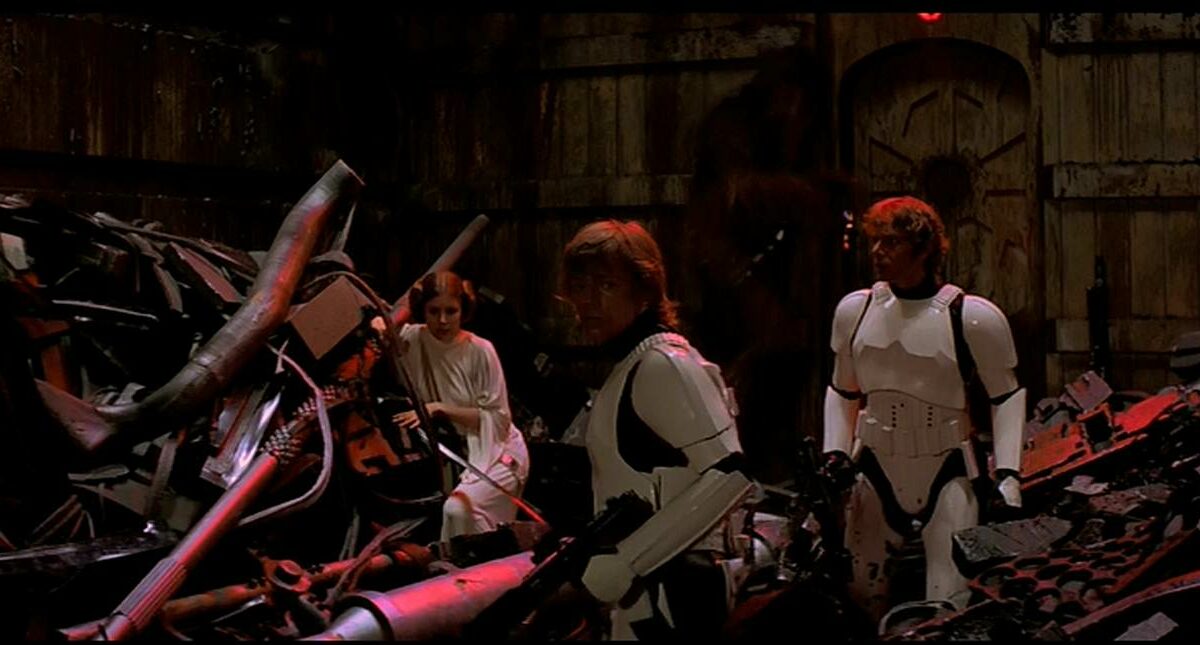Stereotypes make everything about storytelling easier. It becomes simple for audiences to connect to situations, and we relate faster because everybody knows “that guy.” We laugh quicker because when the contrast between characters is ramped up, the jokes play better. But we’re living at a time in which there’s significant conflict and contrast in the real world. And what might be easy to remember or laugh at in the short run isn’t playing out when the long-term is considered.
Is it any surprise that the appetite for entertainment has changed? Years ago, a typical formula for a family sitcom involved a somewhat clumsy father figure, often rescued by their wives who always had a lot of common sense. Today it’s becoming more nuanced. There is an acknowledgement that situations are different, and some of the top-rated shows especially on paid or streaming networks are breaking the formula for what we expect. They surprise us with the collective journey realism that plays in all the shades of grey avoided by traditional shows.
For many years, Axe used familiar tropes of masculinity to build their brand. Their story revolved around an idea that goes something like this: If you use our product you will be irresistible to women. Over time, this story seemed to objectify and demean women. But a few months ago, it seemed the brand began to see just how much these sorts of stories hurt men too. Whether it be through overly playing macho stereotypes or perpetuating beliefs that ‘real men don’t cry’, a more nuanced approach to storytelling seemed long-overdue.
Their new campaign called, “Is it OK for guys”, launched back in May, turns the brand’s previous ideas on their head. The ‘toxic masculinity’ (which is once again center-stage with the Harvey Weinstein scandal) is tackled by Axe in the way it reveals how deeply men struggle with the definition of ‘what it means to be a guy’. The campaign is based on real google searches, as the creative shows.
And the problem is bigger than we might think. 59 percent of men believe they should act strong even if they feel scared, and nearly half think they shouldn’t ask for help with their problems, according to Axe. “This internal struggle can contribute to bullying, violence and even suicide,” the brand said in a release. “As a champion of self-expression, Axe believes there’s no one way to be a man and is launching ‘The Find Your Magic Initiative’ to address this important issue.”
But the biggest lesson to be learned from shying away from stereotypes is recognizing there is a much more fine-grained approach to understanding how people really feel. How many brands are using easily available tools like Google Trends or social listening to pick up on what their customers are most concerned about? And if brands are using those tools, how many are taking what they reveal and applying that to new brand storylines as Axe has done?
At least right now, using high-contrast stereotypes seems as if they will only perpetuate divisions. How is your brand challenging stereotypes? Are you looking deeper into the nuances of what customers feel is most important? How are you doing it?
The Blake Project Can Help: Disruptive Brand Strategy Workshop
Branding Strategy Insider is a service of The Blake Project: A strategic brand consultancy specializing in Brand Research, Brand Strategy, Brand Licensing and Brand Education




